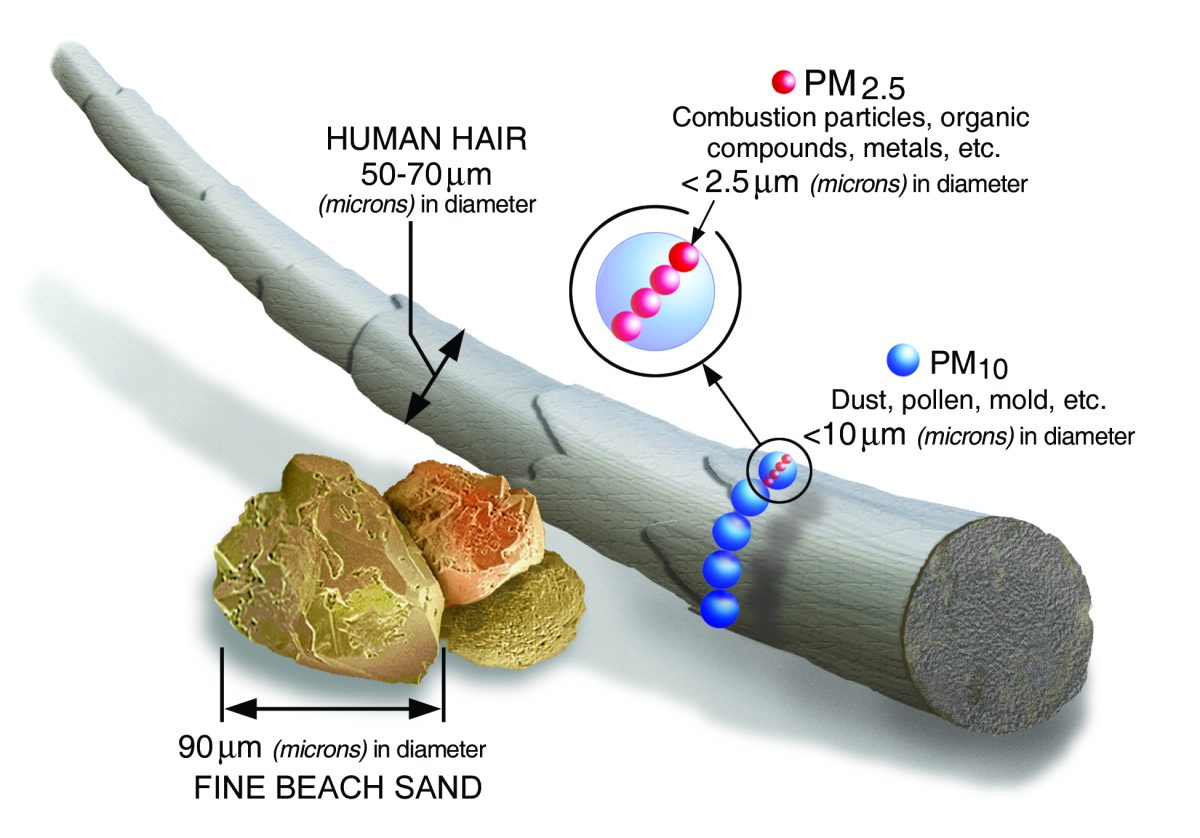We may be heading toward a record year of high and very high Air Quality Health Index (AQHI) hours due to wildfire smoke in the Fort Air Partnership (FAP) Airshed.
As of the end of July 2023, FAP had recorded 1,354 high or very high-risk AQHI hours in 2023 attributed to wildfire smoke or wildfire smoke and summertime smog. Notably, there are still multiple months ahead with the possibility of more wildfire smoke impacting air quality.
Without access yet to the specific details for July, the wildfire smoke was the worst in May from May 16-23, when 361 high or very high-risk AQHI hours were recorded. The worst in June was June 10-16, with 149 high or very high-risk AQHI hours recorded.
These 1,354 high or very high-risk AQHI hours due to wildfire smoke from mid-May to the end of July exceed the entire total of wildfire smoke that caused high and very high-risk AQHI hours in calendar years five years back, including 2018. The chart below shares the total high or very high-risk AQHI hours for the five previous years.
Before 2023, the last severe ongoing occurrence of wildfire smoke in the FAP Airshed was July 15-20, 2021, when 313 high or very high-risk AQHI hours were recorded. In 2018, 815 high or very high-risk AQHI hours were recorded over the entire calendar year.
| Year |
Total number of high or very high-risk AQHI hours due to wildfire smoke or wildfire smoke/summertime smog (year) |
| 2022 |
102 |
| 2021 |
360 |
| 2020 |
0 |
| 2019 |
110 |
| 2018 |
815 |
What is in wildfire smoke that can make it harmful?
Wildfire smoke contains fine particulate matter (PM2.5).
Fine particulate matter is the name for a range of particles less than 2.5 microns (µm) in diameter. It is often referred to as PM2.5. Fine particulate is so small you cannot see it without a microscope. Human hair is 50-70 microns (µm) in diameter for comparison purposes.
Fine particles are also the main cause of reduced visibility due to wildfire smoke. When you see wildfire smoke in the air, sometimes very dense, you see massive amounts of fine particulate matter.
These fine particles threaten human health because they can travel deeper into the lungs. Please visit the Government of Canada webpage to learn how to protect yourself.
FINE PARTICULATE MATTER
Courtesy of the US Environmental Protection Agency


